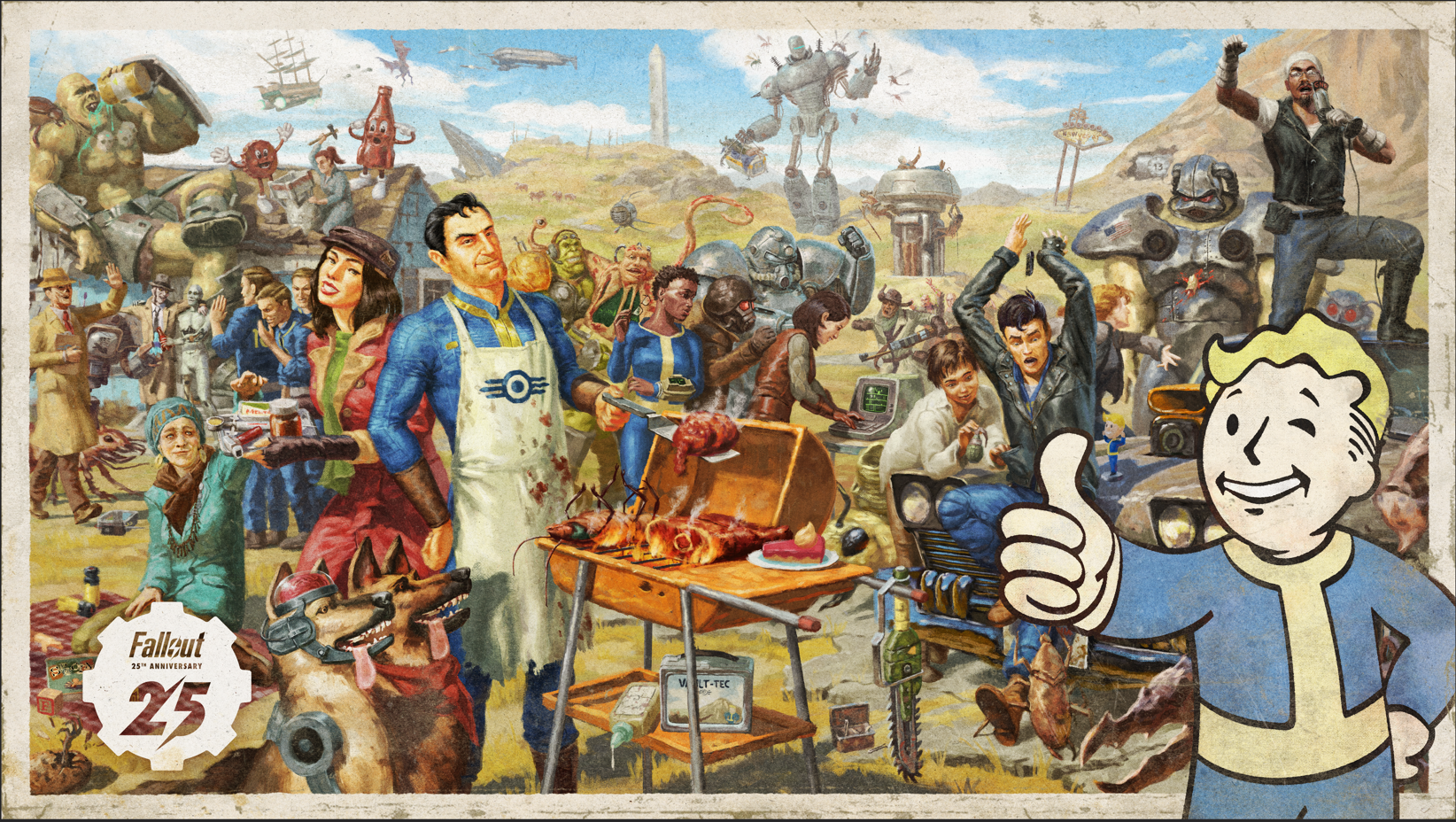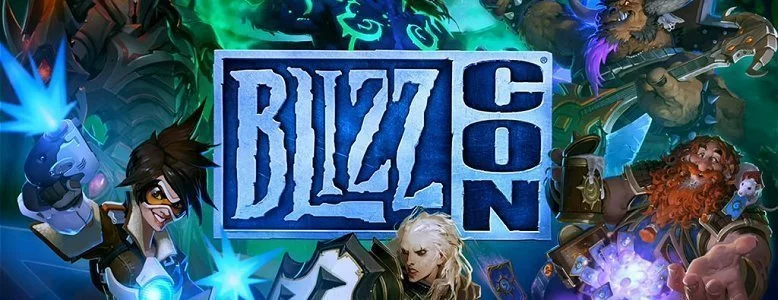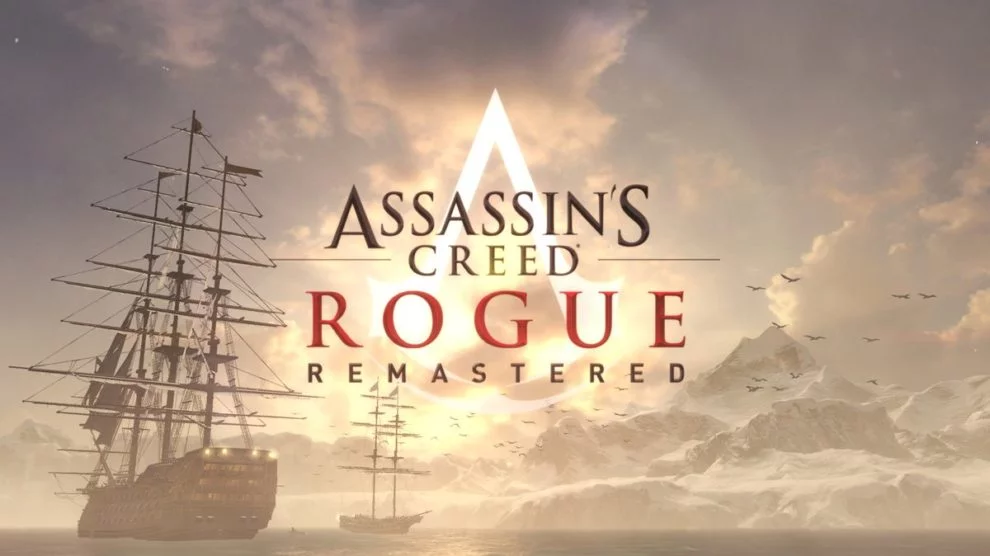While gamers on Xbox One and PS4 were treated to a new, multiplayer experience in the form of Assassin’s Creed: Unity back in 2014, Ubisoft Sofia made sure those on last-gen consoles weren’t forgotten with the swashbuckling Assassin’s Creed: Rogue. Sofia returns with a remastered version of its own title, enhanced to display in 4K on PS4 Pro and Xbox One X.
Rogue centres around Shay Cormac, a newcomer to the order of Assassins. Shay is cocky and headstrong in his work, with a lovely Irish lilt to set him apart from the franchises’ previous heroes. As the game’s early sequences wear on, Shay finds himself more and more ill at ease with the work of an Assassin until a catastrophic event pushes him over the edge. After leaving the Brotherhood behind, Shay finds his new calling amongst his former enemies – the Templar Order. It’s a unique tale among the Creed series, and acts as a natural evolution of the previous games. Over time the stories of the Assassins and Templars have become more and more intertwined within the series’ mythos, with the Kenway family alone seeming to switch sides every generation. Watching a protagonist cross to the ‘other side’ not only gives the game new story terrain to explore but it lets us look deeper into the inner workings of the Templars, something that has always been shadowy and unexplained to date.
Rogue takes a lot of cues from previous titles Black Flag and Assassin’s Creed III. Ship exploration and combat feature heavily, as do some familiar faces and places from both of the aforementioned titles. You’ll continue to hunt, craft and upgrade your way through this adevnture, which may feel somewhat of a rehash of previous entries. While it all looks a little different, many of your upgrades, weapons and actions are functionally the same as previous iterations. Edward Kenway’s blowpipe darts become Shay’s air rifle ammunition, Connor’s rope darts make another appearance (though thankfully earlier in the game than they did for Edward), the outside-the-Animus segments are in the same Abstergo office as in Black Flag and the fleet mini-game returns to your captain’s cabin with a fresh coat of paint.
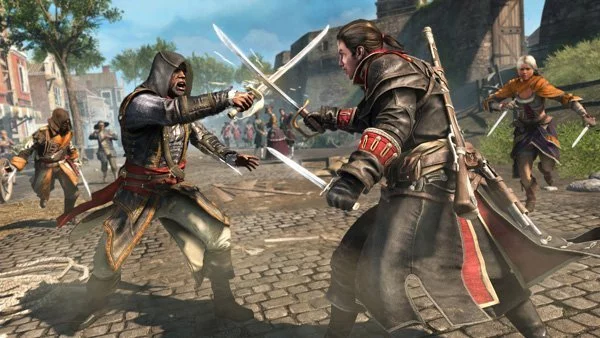
Much like each entry in the franchise before (but not many after it), Rogue has one key issue – wonky parkour controls. It’s ironic to think that the game’s most defining and unique mechanic is also its most frustrating, but there you have it. Like Ezio, Connor and Edward before him, Shay will often misinterpret your direction of ‘jump up to that next ledge’ as ‘please, throw yourself off this building and die so that I have to go back to the checkpoint. Again.’ Rogue features an all-new wrinkle to this dilemma in that icy waters will quickly freeze you to death if you go for too long a swim — if, say, Mr. Cormac decides to swan-dive off a waterlogged shipwreck JUST BEFORE a synchronisation point rather than climb up to it. I may be speaking from experience. In truth, the parkour system is as good as it can be within this engine… and that’s why we’ve moved past it.
Beyond parkour, the only true frustration is Rogue’s Stalker mechanic. Once he leaves the Assassins, Shay will occasionally be attacked by hidden agents of the Brotherhood, as indicated by a whispering sound effect and a compass-like indicator in his Eagle Vision that only reveals them at close range. This mechanic is primarily used in gang takeover missions to hide the murder-target captains, but is also randomly dropped into the overall game world. While this kind of thing is fine when you’re expecting to encounter it, having somebody randomly drop on my head from a rooftop while I’m between missions is just rude. Finding and executing these stalkers does not offer any real reward, so they act as more of a nuisance than anything else.

Seeing Assassins presented as the enemy casts the game in a much different light and humanises the Templars at the same time. It also makes sense within the meta-story of the world outside the Animus, as the last few games have been presented as entertainment products sold by the Templar-controlled Abstergo Entertainment. Presenting the story of a heroic Templar is an obvious choice from this standpoint.
While Rogue is polished and tells a different story than one you’d normally encounter in the Assassin’s Creed franchise, time hasn’t done the title any favours. Mechanics that debuted in Assassin’s Creed: Origins provide a well-balanced and enjoyable experience, while older controls and a forced set of present day levels sour Rogue. Ultimately, it’s one for franchise fans that somehow overlooked it in the lead up to shiny current-gen consoles.
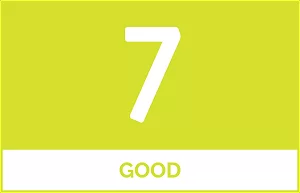 |
|
The good
|
The bad
|
Assassin’s Creed: Rogue was reviewed using a promotional code on Xbox One X, as provided by the publisher. Click here to learn more about Stevivor’s scoring scale. This was based off our original Assassin’s Creed: Rogue review.
This article may contain affiliate links, meaning we could earn a small commission if you click-through and make a purchase. Stevivor is an independent outlet and our journalism is in no way influenced by any advertiser or commercial initiative.


